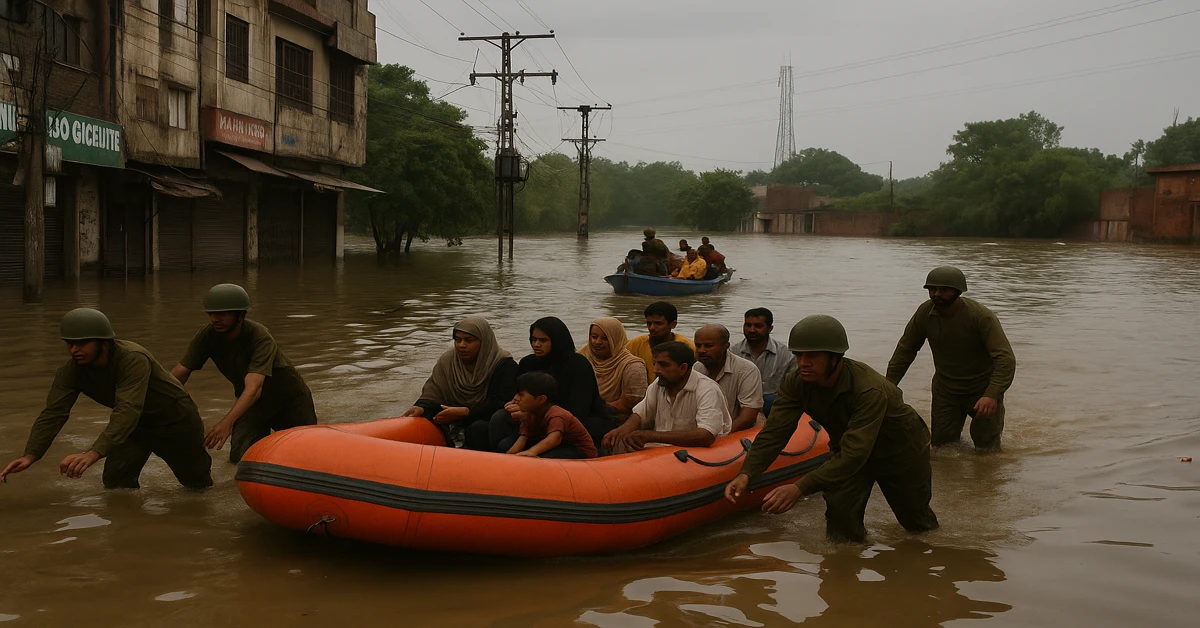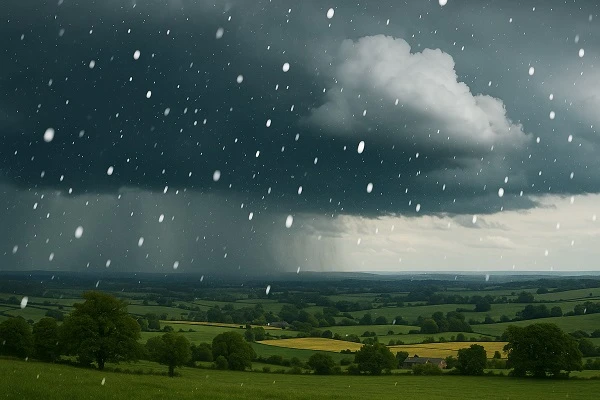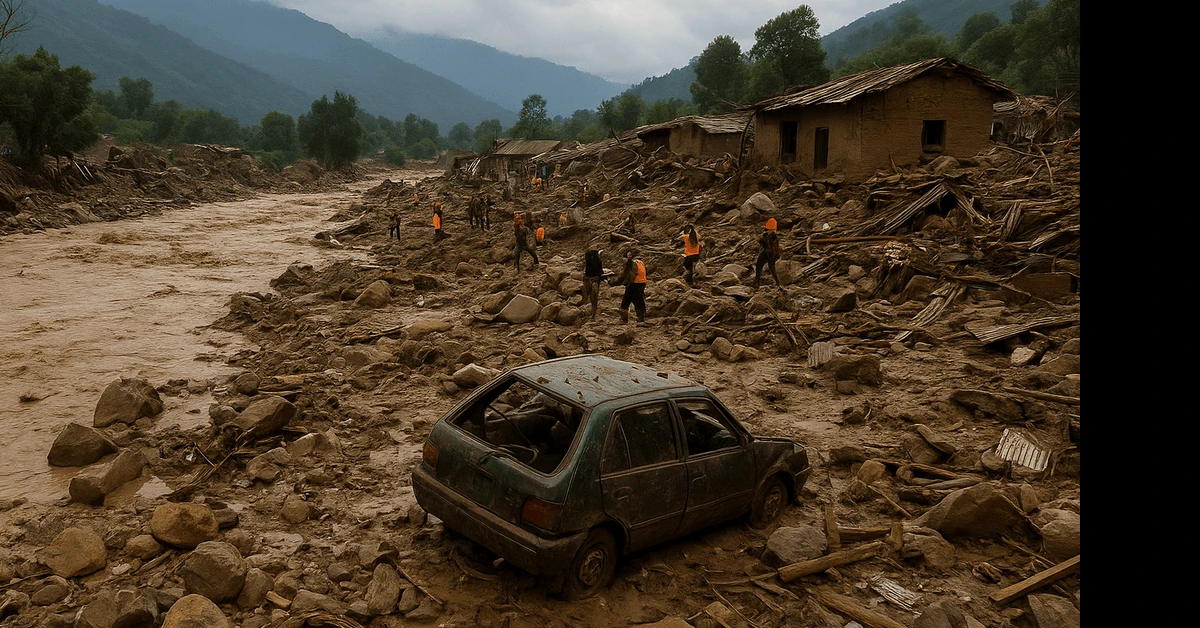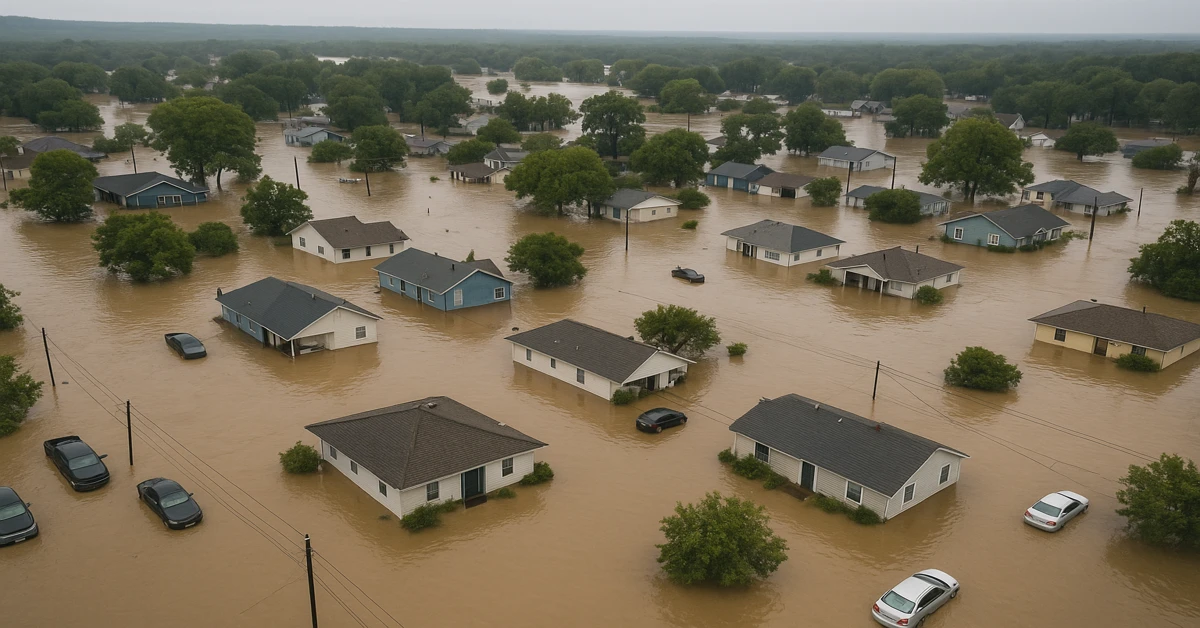Last Updated: July 17, 2025
Pakistani Monsoon Flood Crisis 2025: Current Impact, What to Expect & How to Stay Safe

Pakistan is enduring a catastrophic monsoon season, with intense rainfall causing widespread flooding, landslides, glacial lake outbursts, and urban inundation. This analysis examines the current state, short‑term and long‑term forecasts, safety protocols, and future projections through 2026.
1. Current Situation
- Fatalities & injuries: Over 150 deaths, 300+ injured across Punjab, Khyber Pakhtunkhwa, Sindh, Balochistan, and Azad Kashmir from late June floods.
- Rainfall anomalies: July rainfall is ~82% higher than July 2024; Punjab saw a 124% spike Jul 1–15 vs. last year.
- Glacial contributions: Gilgit‑Baltistan recorded temps up to 48.5 °C, accelerating glacier melt, flash floods, and landslides. Over 7,200 glaciers feed these watersheds.
- Infrastructure collapse: Numerous homes—especially those with weak roofs—collapsed. Urban areas like Rawalpindi and Lahore face street floods and evacuation by boats/helicopters.
2. What to Expect in the Coming Weeks
- Continued rainfall: PMD warns another monsoon wave hitting Punjab, Islamabad, and Kashmir in the next 24‑48 hours, raising flood risk.
- Flash flood risk: River systems like Jhelum and Mangla are swelling; NDMA alerts low‑lying urban areas.
- Early warning systems: NDMA and provincial PDMA retain heightened alert status; tourists are advised to avoid flood‑prone zones.
3. Guidance for Residents & Authorities
- Evacuate vulnerable zones: Move away from riverbanks, glacial lakes, urban drains, and low‑lying areas.
- Prepare emergency kits: Packed for 3‑5 days with essentials—water, food, medications, torch, phone, charger.
- Avoid travel: Especially during heavy rains; beware of slippery roads, open manholes, live wires, and unstable buildings.
- Heed warnings: Follow sirens and official channels from NDMA/PDMA; cooperate with rescue teams.
- Check building safety: Inspect rooftops and walls; reinforce or relocate when necessary.
- Stay informed: Use local radio, PMD advisories, and NDMA bulletins to track evolving threats.
4. Climate Drivers & Risk of Next-Year Floods
Pakistan’s flooding vulnerability is rooted in:
- Climate change: Studies show extreme rainfall intensity has increased 50–75% due to warming, and glacial melt is accelerating.
- Glacial melt & GLOFs: Ablation zones in the north are becoming hotspot trigger points for flash floods and lake outbursts.
- Urbanization & poor infrastructure: Sewage systems are overwhelmed, and weak homes collapse observed repeatedly.
- Historical precedent: The 2022 floods killed ~1,700 people, affected 33M+, and caused ~$40B damage.
Projection for 2026 Monsoon
Given persistent warming trends, rising river flow, and glacier dynamics, experts warn 2026 could be as bad or worse than 2025 unless major adaptation occurs. NDMA’s seasonal models, using ENSO, IOD, SST anomalies, MJO and weakened jet stream, project above‑normal rainfall across central, southern, and southeastern Pakistan.
5. Long-Term Strategies & Adaptation
- Early warning: Expand PMD’s monitoring, real‑time alerts, and community sirens.
- Infrastructure reinforcement: Improve drainage, river embankments, and clear waterways of debris.
- Glacial lake mapping: Use satellite and on‑site monitoring to predict GLOFs.
- Urban planning: Ban construction in floodplains, enforce building codes, and relocate at-risk communities.
- Reforestation & retention basins: Restore watershed forests and build reservoirs to buffer monsoon flow.
- Community training: Teach emergency kits, escape routes, first aid, and flood-safe farming.
FAQs
- Q: How long will the current flooding continue?
- A: Monsoon rains are ongoing until late September. Expect repeated bursts over weekly waves—stay alert.
- Q: Is another 2022‑style megaflood coming?
- A: NDMA indicates there’s no imminent repeat this year, but heightened risk remains. Climate models show increasing odds year‑to‑year.
- Q: What diseases follow flooding?
- A: Common post‑flood illnesses include diarrhea, skin infections, eye infections, malaria, dengue, and respiratory issues. Maintain hygiene and safe water.
- Q: Can glacial lake collapses be predicted?
- A: Scientists monitor glacial lakes via satellites and drones. Alert systems are being rolled out, but remote areas need better coverage.
- Q: How can I help?
- A: Donate to verified relief orgs (e.g., NDMA funds, international NGOs), volunteer for local response teams, help rebuild or reforest flood‑affected areas.
You May Also Like:

Stay Safe From Fraud While Buying a Second-Hand Phone in Pakistan: A Complete Guide...

Disappearing Digital Payments in Pakistan: Why Transfer Amounts Get Lost Between Banks, Wallets and ...

Stay Safe From Fraud While Buying a MacBook in Pakistan...

Future Hailstorm Predictions: What to Expect in Pakistan in 2025 and Beyond...

How Drones Are Changing Disaster Relief in Pakistan: Current Deployments, Case Studies, and a Roadma...

How Junk Food Ads Are Targeting Pakistani Children More Aggressively Than Anywhere Else...

Buner Flood 2025: Full Story, Damages, Safety Tips, and Future Risks...

